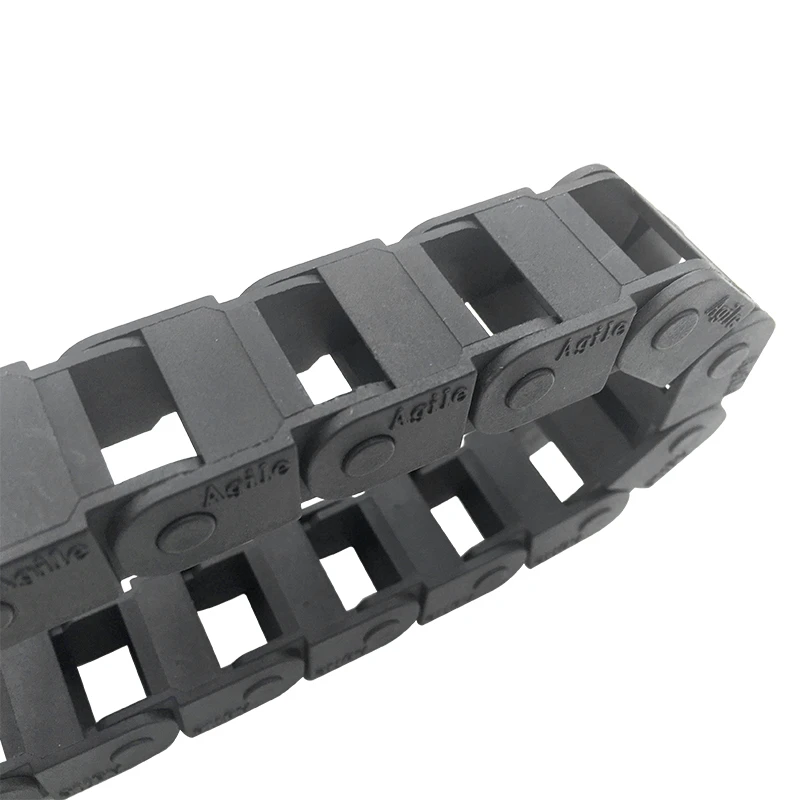Understanding the Mechanisms of Synchronous Pulleys for Efficient Power Transmission
Understanding Synchronous Pulleys An Overview
Synchronous pulleys, also known as synchronous belts or timing pulleys, are crucial components in various mechanical systems, particularly in engineering and machinery. Their purpose is to transfer power and motion between rotating shafts while maintaining precise timing and synchronization of movement. This article delves into the workings, applications, advantages, and considerations associated with synchronous pulleys.
What Are Synchronous Pulleys?
Synchronous pulleys operate in conjunction with a toothed belt, commonly referred to as a timing belt. Unlike traditional V-belts that rely on friction to transmit power, synchronous belts engage with the teeth of the pulleys, ensuring a direct and slip-free connection. This specific design allows for accurate synchronization between connected shafts, making synchronous pulleys ideal for applications requiring precision.
How Do Synchronous Pulleys Work?
The fundamental principle behind synchronous pulleys is their toothed design. Each pulley features a series of equally spaced grooves, corresponding to the teeth of the timing belt. When the pulley rotates, the belt's teeth fit into these grooves, enabling efficient power transmission. This gear-like mechanism ensures that the rotation of one pulley is directly translated into the rotation of the connected pulley. Therefore, the speed ratios can be maintained without the risk of slippage, which is a common drawback in traditional belt systems.
Applications of Synchronous Pulleys
Synchronous pulleys find applications across various industries due to their reliable performance and precision. Some notable areas include
1. Automotive Engineering In vehicles, synchronous belts are commonly used in timing applications, such as driving the camshaft and crankshaft. This ensures that the engine's valves open and close at the right times, optimizing performance.
2. Industrial Machinery Many manufacturing processes rely on synchronous pulleys for conveyor systems, robotic arms, and automated assembly lines where timing is crucial.
3. Consumer Appliances Devices such as washing machines and food processors may use synchronous belts to ensure smooth and synchronized operations of their motors.
Advantages of Synchronous Pulleys
synchronous pulley

The use of synchronous pulleys offers several significant advantages
- Precision Timing The most notable benefit is their ability to maintain precise timing between shafts, crucial in applications where synchronization is vital.
- High Transmission Efficiency Due to the direct engagement of teeth, synchronous systems have high transmission efficiencies, reducing energy losses.
- Reduced Wear and Tear Since synchronous systems experience less friction than traditional belts, the wear on components is minimized, leading to longer service life.
- Quiet Operation The design of synchronous pulleys results in quieter operation compared to other belt systems, minimizing noise pollution in industrial settings.
Considerations When Using Synchronous Pulleys
While synchronous pulleys have numerous benefits, certain considerations must be taken into account
- Alignment Proper alignment of pulleys and belts is critical to prevent premature wear and ensure efficient operation.
- Material Selection The materials used for both pulleys and belts should be chosen based on the specific application, considering factors such as load, environment, and temperature.
- Maintenance Although synchronous systems tend to require less maintenance than traditional systems, periodic checks for tension and alignment are essential to maintain performance.
Conclusion
Synchronous pulleys play a vital role in numerous engineering applications, providing reliable power transmission and precise motion synchronization. Their unique design and advantages make them indispensable in modern machinery, automotive systems, and various industrial processes. Understanding their functionality and applications is crucial for engineers and designers looking to implement efficient and effective mechanical systems. As technology continues to advance, the role of synchronous pulleys is likely to expand further, making them an integral part of the future of engineering solutions.








